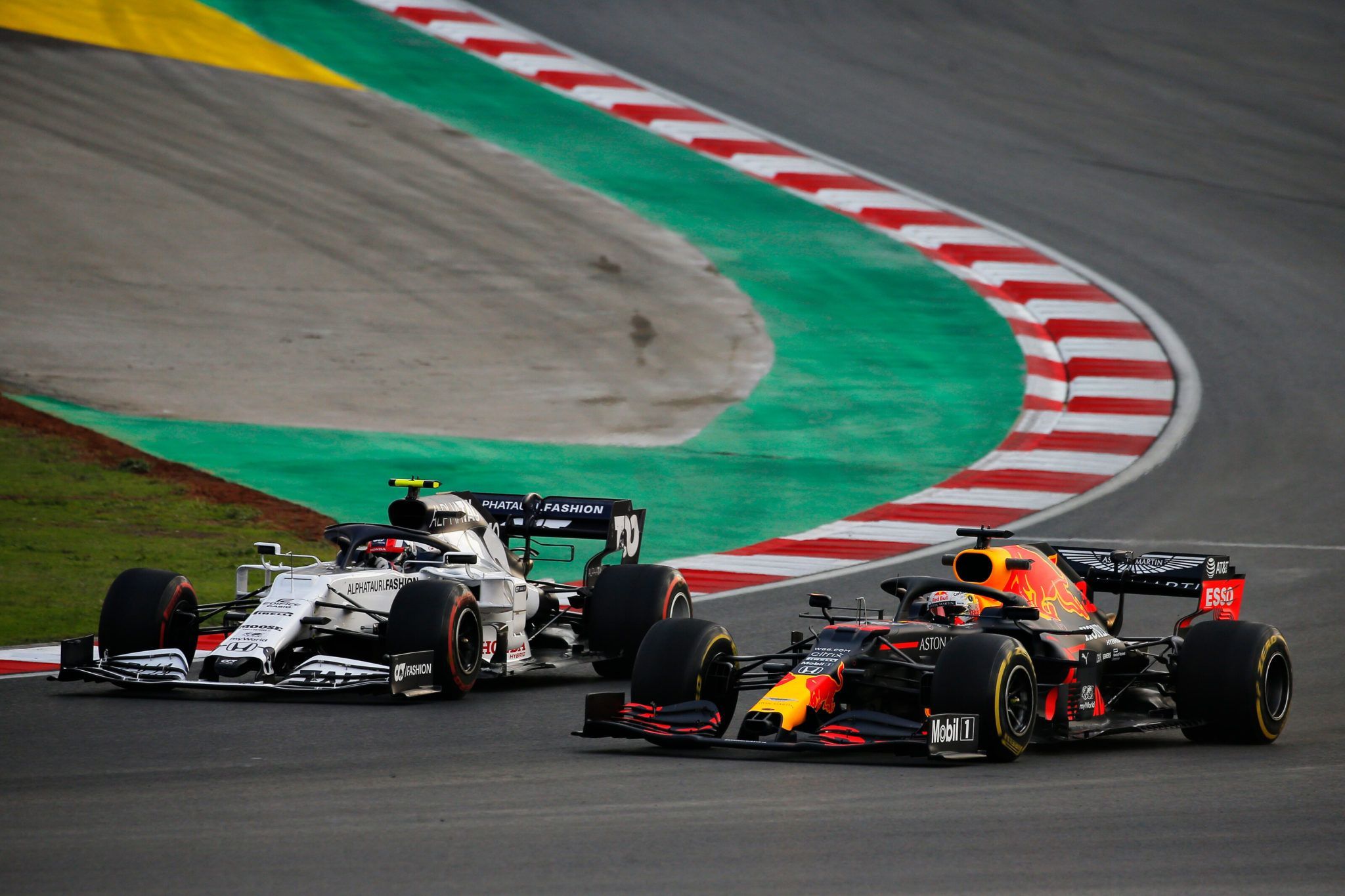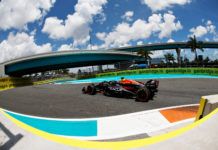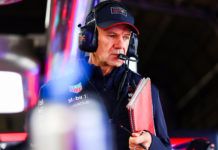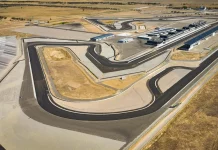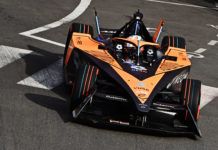Pirelli F1 chief Mario Isola explains the communication gap which affected the Turkish GP as he details on some of the troubles with timing.
Upon arrival at Istanbul Park for the F1 Turkish GP, it became abundantly clear that the track – resurfaced just weeks prior – was exceedingly low on grip, with the smooth surface of the newly-laid tarmac – combined with its oil saturation – affording drivers very little in the way of adhesion.
Hard compound tyres brought to the track by Pirelli only worsened grip levels, and unusually cool temperatures exacerbated the issues. The incident, though, left many wondering how such a thing could have happened, particularly in a sport so buttoned-up as F1 in the modern era. Pirelli Motorsport boss Isola details a lack of communication that likely was a catalyst for the farce.
Isola says Pirelli only learned about the track’s resurfacing four weeks prior to the race, at which point tyres were already in shipment. “I believe it was a late decision from the circuit,” he said in his media briefing. “We are connected with the FIA in normal situations, at tracks where we used to go, [but] this year it was a bit more difficult. [With] new, local promoters maybe the information was not so clear, [and] I got the information about the plan to [lay down] new tarmac four weeks ago.
“Four weeks were not enough to change [tyre] allocation. We already produced the tyres and the tyres were already on their way, travelling to Turkey. The tyres are made in Romania and we have to undertake a process called degrading. We have to do this job before going on track. Otherwise on track we don’t have the ability to load the tyres onto the trailer in a certain way, to be quick according to the FIA allocation.
“The trailers and the trucks were travelling to Turkey, so even if we have a factory that is very close – [only] half an hour from the Istanbul track, we didn’t get the information. What we did was, our colleagues from the Turkish factory helped us measure the tarmac as soon as they finished the resurfacing. It appeared from the beginning that we had tarmac that was very smooth, both [in] macro-roughness and micro-roughness.
“We measured it again [on Thursday the 12th], and saw slightly different numbers but again [it was] not an aggressive asphalt like we used to know in Istanbul. Basically our decision was based on the circuit layout and the severity, [with] turn 8, but also on the type of tarmac and how aggressive the tarmac is.
“It is clear now that the selection was a bit too hard, but in any case everybody has the same tyres, same allocation, same number of sets, so I don’t think there is a disadvantage for anybody. Maybe drivers were not happy, we saw some drifting, but it is the same situation for everybody,” explained Isola.
Asked what amount of time would have afforded Pirelli the chance to reverse their decision on what compounds to bring, Isola suggested that somewhere in the realm of five to eight weeks would have been reasonable, and within a practicable range.
“We have 8 weeks for a European event,” said Isola. “That is in the regulations. This year we agreed with the FIA and F1 to try and reduce this time, but to reduce this time we are obliged to start the production earlier. We actually produced some tyres to be ready to supply to any circuit that they put in the calendar, with the calendar fluid and changing.
“In order to be ready for any possible situation, we did this, but this doesn’t mean we cannot make a softer tyre. For sure we can do that. [But] four weeks is not enough time for us to produce the tyres and deliver the tyres to the circuit with FIA allocation, and so on and so on. The fact that we have a fixed location is helpful.
“We know the batch of tyres we have to produce for each race – irrespective of confirmation of the race. Until last year, with the selection from the teams, it was a bit more complicated. This decision was a clever decision to speed up the process, but not to the point where four weeks are enough,” Isola added.
Isola is of the belief that COVID-19 has limited coordination between Pirelli and organisers, with such unpredictability a hallmark of the 2020 season. When asked about more communication with regards to resurfacing, Isola said they already have that line of call open but repeated that strange 2020 changes let things go a bit on a different route.
“We had communication on that with the FIA,” said Isola. It was already decided [that we’d be involved] when Charlie [Whiting] was leading the FIA, and we’ve continued that with Michael Masi, and Nikolas [Tombazis], and so on. I believe that it is more difficult this year because of the new circuits, and maybe the information flow was not as good. It was all organized in a rush, many circuits [were] confirmed at a very late stage, and [in many cases] the promoters decided to resurface the track very late. The COVID situation is changing the balance in many areas, also in the information flow.”
Isola added, when prompted, that the track’s resurfacing was not a necessity but a decision motivated by the desire to improve the circuit’s appearance. “I believe they wanted to give the circuit a new image, the tarmac was quite old but that doesn’t mean it was not good for racing, it’s a decision we have to accept. It’s done so there’s nothing we can do, but the result is very little grip. It’s not a problem in my opinion; it’s a challenge for the drivers and a bit of unpredictability for the engineers,” he summed up.
Here’s Lewis Hamilton on conditions showing drivers’ skills
Here’s news on Pirelli F1 chief Mario Isola being COVID-19 positive

